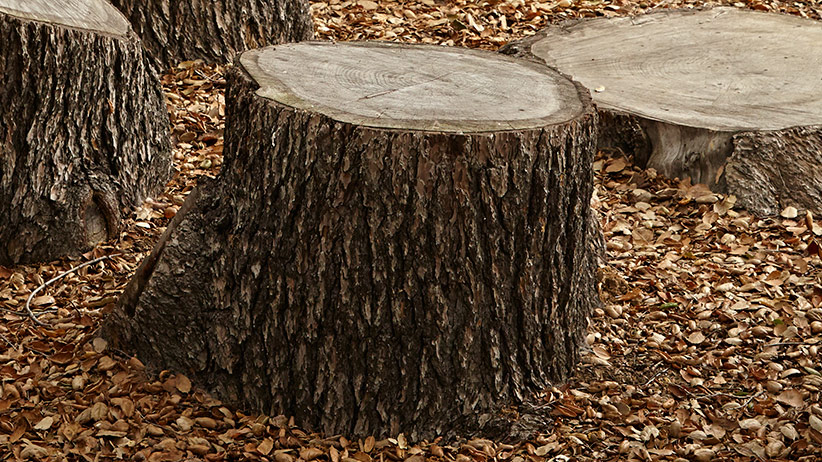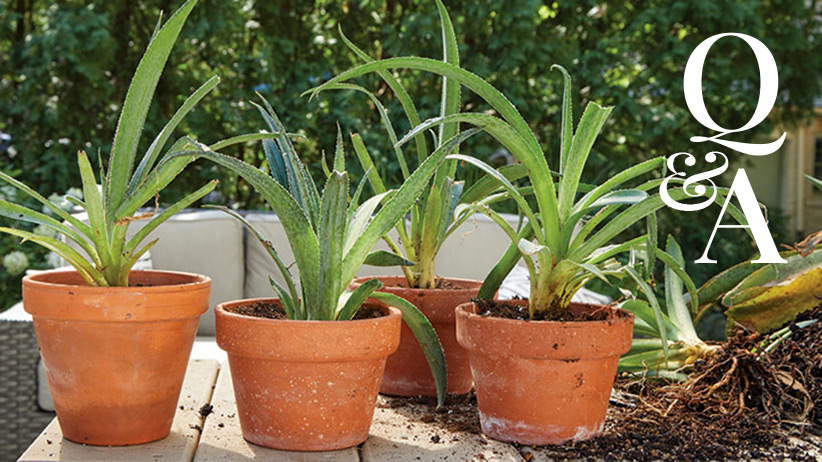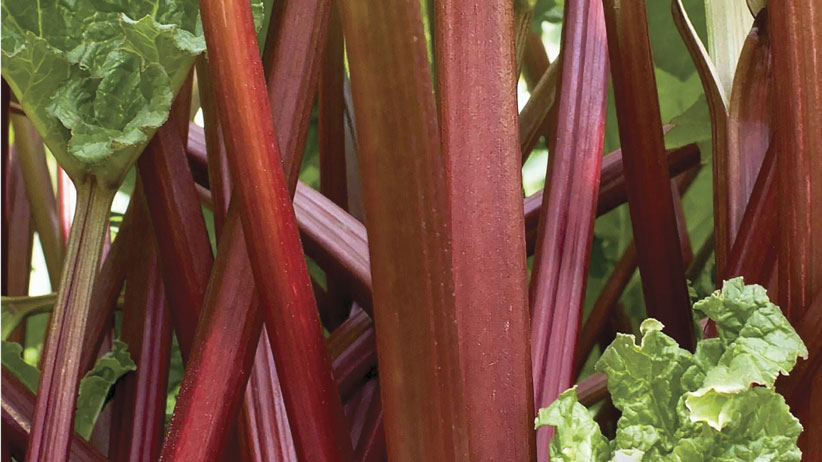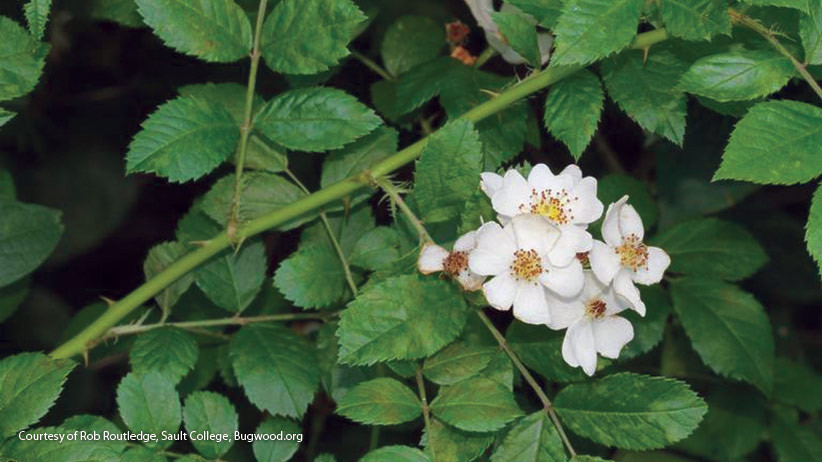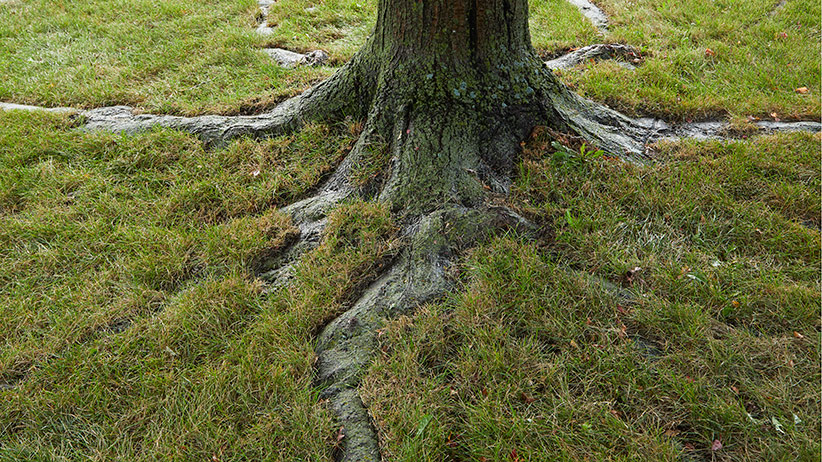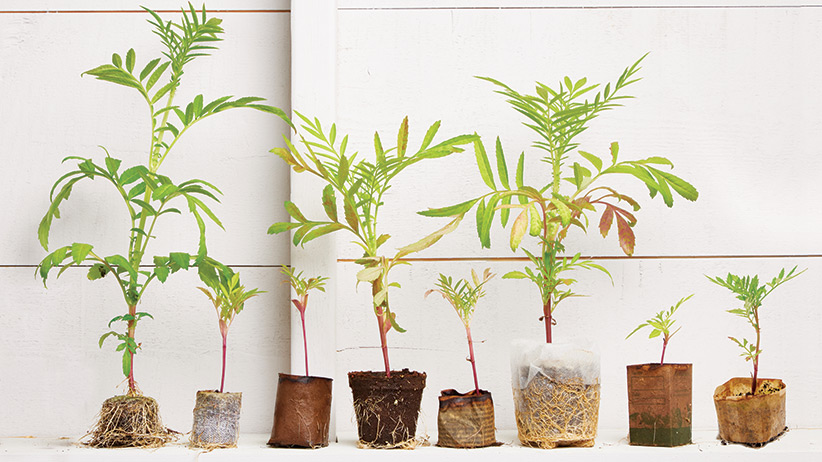
The breakdown on biodegradable pots
To start seeds and get young plants growing, I’ve always defaulted to the traditional plastic pot. But I’ve gotten tired of cleaning and storing an ever-growing pile of non-recycleable pots. So in the interest of using less plastic, I searched out biodegradable pot options. I wanted to know how they compare: Were they easy to use? Did they inhibit root growth? Did they break down in one growing season?
Testing different types of biodegradable pots
For this admittedly unscientific, anecdotal experiment, I planted Xochi Orange marigolds (Tagetes hybrid) in eight different kinds of biodegradable pots. I started them indoors in the same potting mix under the same lights, watered and fertilized them at the same time and grew them there for almost 10 weeks — longer than I planned to, but the weather wasn’t cooperating for transplanting. I was surprised to note that my seedlings all grew quite differently indoors, as you can see in the photo above taken right before transplanting into the garden. But once planted outdoors (pot and all in the soil) in a raised bed, the marigold plants all evened out within a couple of weeks and I couldn’t tell the difference between them as they grew and bloomed.
End-of-the-season check
At the end of the season after a frost, I dug up the plants. Some roots appeared slightly obstructed by the container materials, growing over the top or through the bottom drainage holes, but all of the plants had grown and thrived. And though in varying states of decomposition, I could still identify each pot by its remains. Most were easily crumbled apart and scattered into the garden, while others will need to spend a season in my compost pile to break down further. Either way, I don’t have to store pots! Check out my findings here.
Related Articles:
When to Start Seeds Indoors
Starting Seeds in Soil Blocks
2 Easy Setups for Starting Seeds Indoors
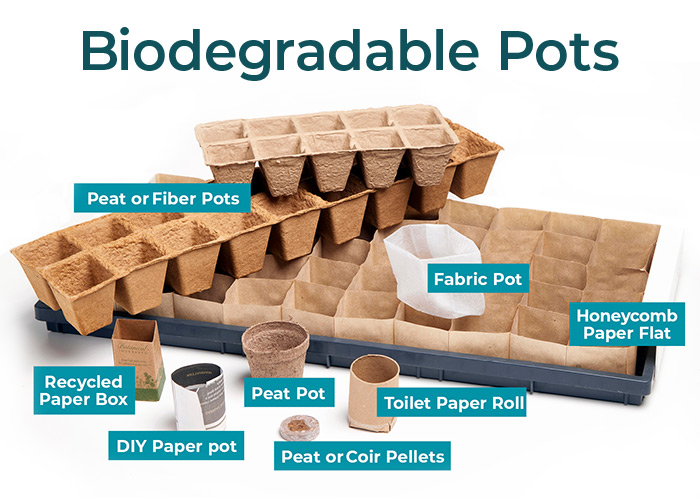
| Biodegradable material | Getting Started | Growing & Transplanting | Pros & Cons |
|---|---|---|---|
| Peat or fiber pot strips Molded multi-packs made of peat or wood fiber |
Easy to fill and plant; pots fit in any standard-sized flat or a variety of trays | Pot got wet and soft but held its shape; easy to separate cells; planted so entire pot was underground so it didn’t wick moisture from root ball | At end of season mostly intact but decayed; easy to find and inexpensive; many sizes available; peat pots broke down faster than fiber |
| Peat or coir expandable pellets Compressed peat or coir shaped by mesh covering, expands when wet |
Easy to soak discs in accompanying leak-proof tray; mesh obstructed seed planting; no extra mix to cover seed | Roots grew through the mesh and out the bottom where they tangled together, but teased apart easily to plant | At end of season mesh still intact around coir or peat core; can’t choose your potting mix; leak-proof tray has no drainage and is easy to overwater |
| Toilet paper roll Cardboard tube from inside of toilet paper or paper towel roll |
Cut and folded bottom to create pot; pots didn’t always sit level; was easy to scoop and fill | Dried out quickly but also prone to getting moldy if watered too much; harder for roots to penetrate than other materials | At end of season still intact but tore apart easily when damp; virtually free; took time to make; cardboard tube would sometimes unwrap at the top |
| Peat pot Molded round pots made of peat |
Easy to scoop and fill with potting mix and plant; pots fit in variety of flats or trays | Moist peat softened so roots grew through, but if dry, it hardened and could inhibit roots; if the top of the pot wasn’t buried, moisture could wick out | At end of season peat still visible but deteriorated; inexpensive and available in lots of sizes; crumbled easily to work into soil as organic matter |
| DIY paper pot Rolled strips of newspaper or paper grocery bag with crimped bottom |
Easy to make but slow; had to pour potting mix into the pot — can’t scoop to fill because paper is crushable | Dried out quickly; when wet, paper was mushy and harder to handle | At end of season crumbled bits barely there; nice way to recycle paper; can form pots on a drinking glass or buy a tool at gardeners.com |
| Fabric pot Nonwoven biodegradable fabric pouch |
Hard to fill because bag was flimsy and wouldn’t stand open when empty; tipped over easily | Roots grow through the bag very easily, which made it hard to remove the bag to plant if you wanted to | Fabric totally intact after one season; very inexpensive; ships flat; can write on bag; needs light to break down or it will take several seasons to compost |
| Recycled paper box Paperboard box with matching tray to hold multiple boxes |
Folded boxes pop open with little effort; durable enough to scoop soil; easy to drop in seed and cover | Boxes got soft but handled and transplanted with no trouble; roots struggle to grow through the cardboard, but perforated bottoms tear off easily to allow growth | At end of season intact but cardboard was crumbling; ships folded flat with minimal packaging waste; can write on the box to label plants |
| Honeycomb paper flat Lightweight paper planting cells glued together and folded accordion-style pull apart into a full flat-sized grid |
Required a special-sized perforated flat and tool to hold the accordion paper in place until filled with potting mix; was easy to plant | Easy to move as a unit in the heavy-duty flat, but not as individual cells; paper got damp and tore off easily when transplanting; roots grew out the bottomless cells and tangled | At end of season partially intact, but deteriorated; initial investment of special flat and separating tool is pricey but accordion refills inexpensive and ship flat; hard to plant a partial flat |
Takeaways from my biodegradable pot experiment
So after my experiment, which biodegradable pot did I like best? The answer isn't cut and dried, as you might expect. There was no clear winner that performed better than all the others for all purposes. I think each of these pots have situations they would be best for, and I will use them all again. But here are a few takeaways.
If you are growing large quantities of plants: I liked the peat or fiber pot strips and the honeycomb paper flats the best when planting a lot of the same thing. They use space efficiently so I can pack a lot into my growing area. And it is easy to water them because each pot or cell is close together.
Expandable pellets come in different forms: If you can find these without the mesh casing (I bought planting discs from Gardener's Supply that were simply compressed coir) then these leave nothing behind and simply become organic matter in the garden. But the mesh leftovers weren't hard to pluck out at the end of the season and toss into the compost pile.
If recycling is your thing: Toilet paper roll pots and DIY newspaper pots were great to use something that everyone tosses in the garbage. They break down really well, and you can make them from stuff like junk mail envelopes, grocery sacks or packing paper from your latest online purchase when you just need a few and you don't have any other pots on hand.
If you are concerned about sustainability of peat pots: It's hard to beat a good peat pot. They come in all different sizes, hold up well until you transplant outside and break down really well. And super easy to scoop and fill. But some folks have concerns about peat sources and supplies. That is easily remedied with wood fiber pots, "cow pots" made of animal manures, or coconut coir pots as comparable substitutions.
If you are growing the plants in the biodegradable pot for a while: The fabric pots were my least favorite from an ease of use standpoint. They were difficult to fill and didn't stand upright as well as I wanted without propping them up against each other or setting inside another container. But the plants I grew in them for this test and also in previous uses had really robust roots. I do like them for plants that get larger, need more room to grow and may spend a season in the pot before being planted, such as a cutting for a woody shrub. The fabric is slow to deteriorate, but if used for a permanent planting, its a nice option.
If you want to reduce shipping waste and storage space: The fabric pots, recycled paper boxes and honeycomb paper flat inserts all shipped folded flat with minimal packaging, which is a plus for them. I liked that I wasn't throwing away large boxes or wasteful packing materials. And they are easy to tuck away on a shelf if you have leftovers for next year--no stacks of different sizes of pots to deal with.
Sources for biodegradable pots
Peat or fiber pot strips
- Local Garden Centers
- gardeners.com
- johnnyseeds.com
Peat or coir expandable pellets
- Local garden centers
- gardeners.com
Peat pot
- johnnyseeds.com
- Local garden centers








